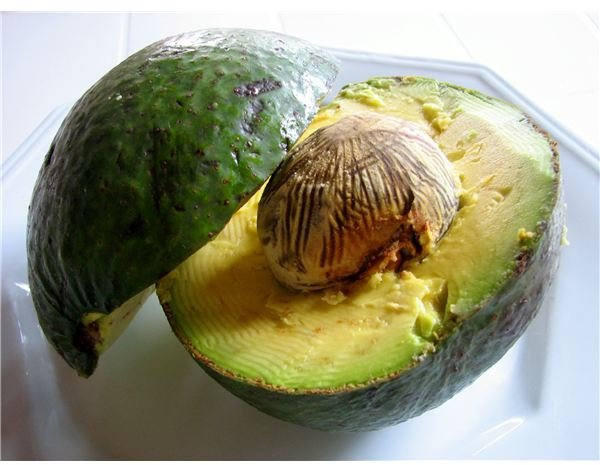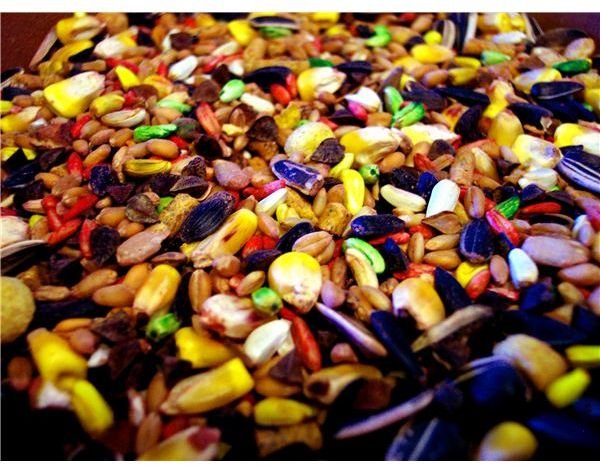Three Preschool Projects on Growing Seeds: Science Activities for Young Children
As gardening time begins, children are introduced to seeds. Some seeds are sold in packages from stores and nurseries, whereas other seeds can be found inside fruits and vegetables. Increase interest in seeds by letting children explore them. Place a variety of seeds on a table and invite the children to sort them into piles and putting each kind in a section of an empty egg carton. Talk about the seeds and show pictures of the grown plants from books, catalogs, or seed packets. Continue reading this article for a variety of preschool seed projects to try in the classroom.
Let’s Begin With Facts About Seeds and Growth
- Seeds come in different sizes, shapes, and colors. Some can be eaten and some can’t.
- Some seeds grow roots easily, while others need special conditions before the roots will grow.
- Seeds travel with movement by the wind, water, attached to animal’s fur, and gravity.
- A seed needs light, food, and water to grow. The sun helps provide the light.
- Seeds have a built-in food supply. The inside of a seed provides food once the seed has sprouted.
Make a See-Through Seed Bag
This is a fun project that helps children view growth from seeds.
Materials:
- pint-size zipper locking plastic bag
- paper towel
- stapler
- permanent marker
- small bowl of water
- scoop or tablespoon
- yarn
- clothespins
Procedure:
- Fold the paper towel into a two-inch strip so that it fits in the bottom of the zipper-locking bag.
- Staple along the top edge of the towel through the plastic bag, so a little shelf if formed.
- Help the children use a spoon or scoop to dampen the paper towel with water without forming a puddle in the bag. This is probably all the water the seed will need to germinate. If the towel does become dry, add a small amount of water.
- Invite the children to choose three or four seeds and place them on the “shelf” created by the stapled towel.
- Seal the bag and hang it up with clothespins on a clothesline strung in the classroom.
- Encourage the children to keep a record of the plant growth by drawing pictures of what they see. Do this every few days or weekly.
- Later, take the plants from the bags and put them in soil outside or in pots.
Discuss the life cycle of a plant with your group. Books are great resources to teach germination. Here are a few suggested titles.
From Seed to Daisy: Following the Life Cycle by Laura Purdie Salas [Picture Window Books, 2008]
<em>The Carrot Seed</em> by Ruth Krauss [HarperCollins, 2004]
The Tiny Seed by Eric Carle [Little Simon, 2009]
A Fruit Pit is a Seed

Send notes home asking parents to save fruit pits from fruits that have been eaten (like from peaches, plums, apricots, and avocados). Wash the pits in warm water and then dry. Invite the children to plant the pits inside cut-off milk cartons or flowerpots - anything with drainage. Place the pit into the container and fill it 3/4 full with potting soil. Set the pots in a warm place that is not in direct sunlight. Keep the “pit” gardens moist but not soggy wet.
Also try growing carrot tops, potatoes that have sprouted, sweet potatoes, and pineapple tops. Observe and record the growth.
Miscellaneous Seed Projects
- Sort and count seeds. Ask the children, “Can you put each kind of seed into a pile?” Egg cartons are great for this project. Ask questions like, “Are the seeds big? Little? Hard? Soft?” “How are they alike and different” “What colors do you see?”
-
Make a seed collage by drawing an outline on a square of poster board. Invite the children to fill in the shape with a variety of seeds. Count the number of seeds that are placed into the shape. Talk about how you can put more small seeds in a shape than large ones.
-
Make crunchy seed candy as a cooking project and snack. Combine 1-cup sunflower seeds, 1-cup honey, 1-cup peanut butter, and 1-cup cocoa powder into a bowl. Invite the children to shape the mixture into small balls and then roll them in sesame seeds. Cool these in the refrigerator before serving. Note: This candy contains a nut product which could cause allergies in some children.
Seed projects are excellent ways to teach the circle of life. From seeds we grow plants and create food and beautiful flowers - then these products produce seeds again. The children will enjoy participating in this life science theme.
References
- Photo: avocado by xenia - http://www.morguefile.com/archive/display/93628
- Photo: mixed seeds by cohdra - http://www.morguefile.com/archive/display/85745
- Explore and Experiment by Jeannine Perez [First Teacher Press]
